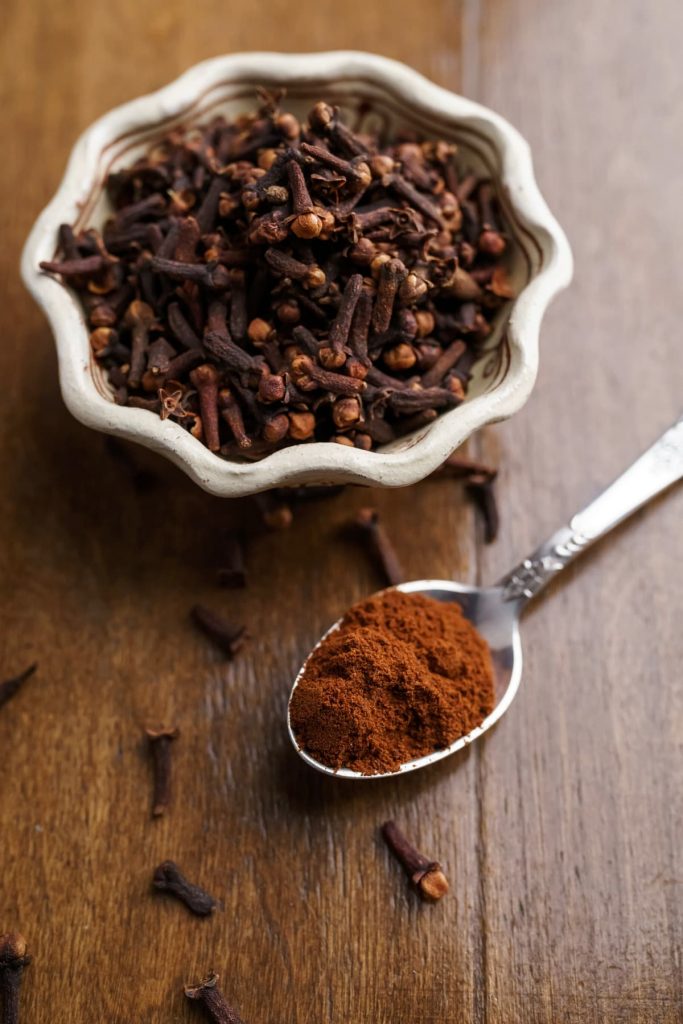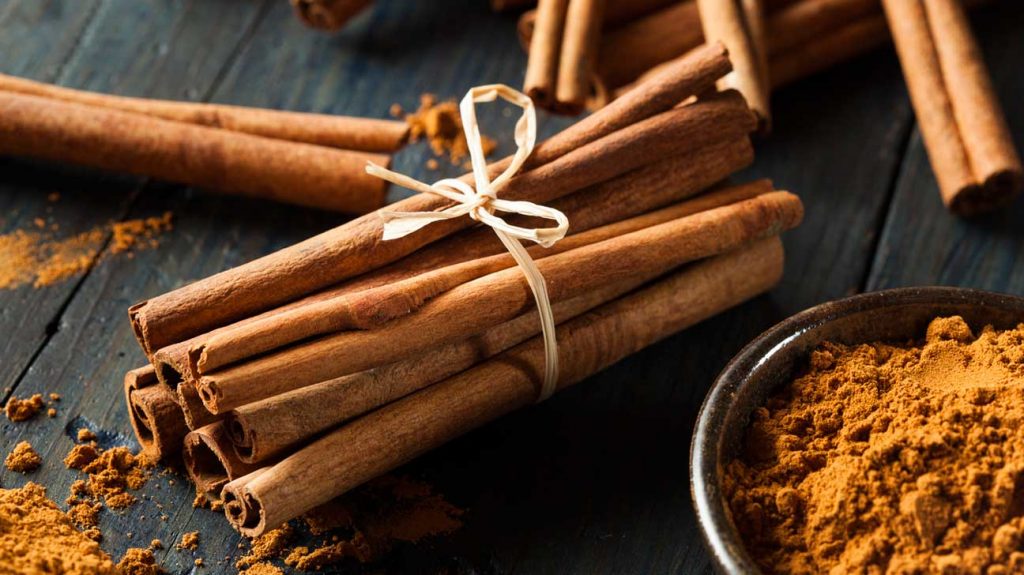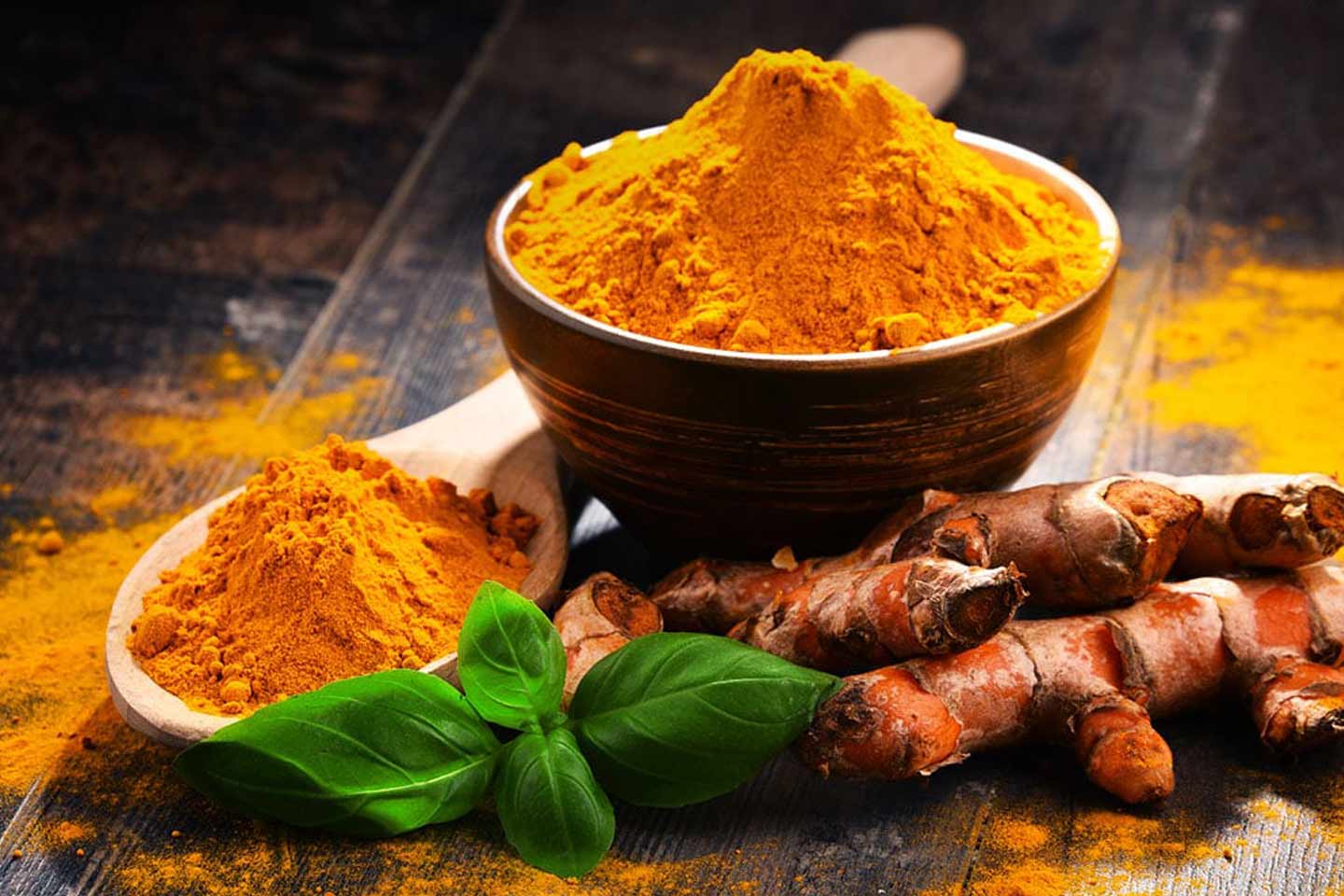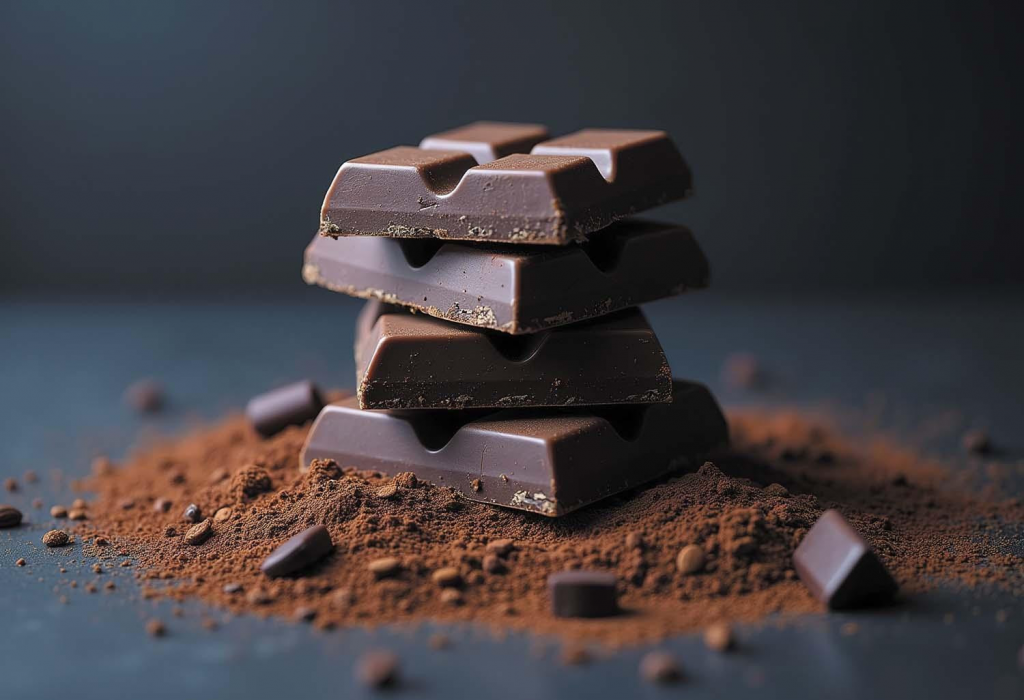In the quest for optimal health and longevity, few topics generate as much scientific interest as antioxidants. Those remarkable compounds that combat cellular damage and may help prevent chronic diseases. Ground cloves top the charts with an astounding 290,283 ORAC units per 100g. Followed by sumac bran, cinnamon, and other spices that deliver ten times more antioxidant power than most fruits and vegetables.
Understanding Antioxidant Power: The ORAC Scale Revolution
The Oxygen Radical Absorbance Capacity (ORAC) scale, developed by the National Institutes of Health, provides the most comprehensive method for measuring antioxidant capacity. Unlike subjective assessments based on color or reputation, ORAC values offer precise, laboratory-tested measurements of how effectively foods neutralize harmful free radicals in test-tube conditions.
ORAC values measure antioxidant capacity in micromoles of Trolox Equivalents (µmol TE) per 100 grams, with higher numbers indicating superior antioxidant potential. Foods with high ORAC values consistently show protective effects against oxidative stress.
Research from the USDA Human Nutrition Research Center on Aging at Tufts University demonstrated that consuming high-ORAC foods can raise blood antioxidant levels by 10-25%. It also show measurable benefits for memory, brain cell function, and capillary protection in animal studies.
The Spice Cabinet Supremacy: Nature’s Most Concentrated Antioxidants
Ground Cloves: The Undisputed Champion
Ground cloves dominate the antioxidant world with 290,283 ORAC units per 100g—a value so extraordinary that just one teaspoon contains more antioxidants than half a cup of pomegranate juice. The primary antioxidant compound, eugenol, provides powerful anti-inflammatory and antimicrobial properties that have made cloves valuable in traditional medicine for centuries.
Practical applications: Beyond dental health, where cloves naturally numb pain and fight infection, this spice enhances both sweet and savory dishes. Whole cloves infuse warmth into chai tea, biryani rice, and mulled wine, while ground cloves complement desserts, spice blends, and meat marinades.

Oregano: The Mediterranean Powerhouse
Dried oregano delivers 175,295 ORAC units per 100g, making it the second-highest herb on the antioxidant scale. Rich in rosmarinic acid and thymol, oregano provides potent antimicrobial and anti-inflammatory benefits that extend far beyond culinary applications.
Research shows oregano’s antioxidant activity correlates strongly with its total phenolic content (R = 0.9613), indicating that its flavonoid compounds directly contribute to health benefits. Mediterranean populations, who consume oregano regularly, show lower rates of cardiovascular disease and certain cancers—a pattern scientists partially attribute to high antioxidant intake from herbs like oregano.

Cinnamon: Blood Sugar’s Best Friend
Ground cinnamon provides 131,420 ORAC units per 100g, ranking it among the top three spices for antioxidant capacity. The primary compound cinnamaldehyde, along with proanthocyanidins, offers remarkable blood sugar control benefits alongside powerful antioxidant protection.
Studies demonstrate that cinnamon can improve insulin sensitivity, reduce inflammation, and support cognitive function. However, choosing Ceylon cinnamon over common Cassia cinnamon provides superior antioxidant benefits without the liver concerns associated with excessive coumarin consumption.

Turmeric: The Golden Healer
Turmeric delivers 127,068 ORAC units per 100g, with curcumin serving as its primary antioxidant compound. Despite turmeric’s impressive ORAC score, curcumin’s poor bioavailability means the body struggles to absorb these benefits without enhancement.
Combining turmeric with black pepper (which contains piperine) can increase curcumin absorption by up to 2,000%, making this spice combination particularly effective for anti-inflammatory and antioxidant benefits.

Beyond Spices: Superfoods Across Categories
Acai Berries: The Amazon Antioxidant King
Freeze-dried acai berries contain 102,700 ORAC units per 100g, making them the highest antioxidant fruit in the world. These small purple berries from the Brazilian Amazon contain exceptional levels of anthocyanins (320 mg per 100g), which provide their deep color and remarkable health benefits.

Clinical studies show that acai consumption may:
- Increase blood antioxidant levels and reduce oxidative stress markers
- Improve cardiovascular health by reducing LDL cholesterol and blood pressure
- Support cognitive function by protecting against neurodegeneration
- Enhance metabolic health through improved glucose and lipid profiles
Unlike many superfruits, acai berries are low in sugar and rich in healthy omega fatty acids, making them suitable for various dietary approaches.
Maqui: The Patagonian Purple Powerhouse
Maqui berries from Chile’s pristine Patagonia region contain an estimated 27,600 ORAC units per 100g and represent the richest known natural source of delphinidins—a specific anthocyanin subgroup with superior anti-inflammatory and anti-aging properties.
The Mapuche indigenous people have consumed maqui for centuries to enhance strength and treat inflammation. Modern research confirms maqui’s potential for blood sugar balance, heart health, and skin protection, though it remains less commercially available than acai or goji berries.

Dark Chocolate: The Delicious Antioxidant
High-quality dark chocolate (70-85% cacao) provides 20,816 ORAC units per 100g, making it one of the most antioxidant-rich foods that people actually enjoy eating regularly. The flavonoids epicatechin and procyanidin in dark chocolate offer cardiovascular benefits, cognitive enhancement, and mood improvement.
Unsweetened cocoa powder reaches 55,653 ORAC units per 100g, making it an excellent ingredient for smoothies, baking, and hot beverages where sugar content needs control.

Nuts: Concentrated Antioxidant Powerhouses
Walnuts deliver 13,541 ORAC units per 100g, while pecans provide 17,940 units—both significantly higher than most fruits and vegetables. These tree nuts combine antioxidants with healthy omega-3 fatty acids, protein, and minerals for comprehensive nutritional benefits.
Regular nut consumption is associated with reduced cardiovascular disease risk, improved brain function, and enhanced longevity in multiple large-scale population studies.

The Berry Hierarchy: Ranking Nature’s Candy
While spices dominate absolute antioxidant content, berries remain the most accessible high-antioxidant fruits for daily consumption:
| Berry Type | ORAC per 100g | Key Benefits | Availability |
|---|---|---|---|
| Acai (freeze-dried) | 102,700 | Brain health, anti-aging | Supplement/powder |
| Maqui | 27,600 | Blood sugar, skin health | Specialty supplement |
| Goji (dried) | 25,300 | Eye health, immune support | Widely available |
| Black Raspberries | 19,220 | Cancer protection | Seasonal |
| Wild Blueberries | 9,621 | Memory, heart health | Seasonal/frozen |
Wild blueberries contain twice the antioxidant capacity of cultivated varieties, making them particularly valuable when available. Frozen berries often retain higher antioxidant levels than fresh berries that have traveled long distances.
Vegetables and Legumes: Everyday Antioxidant Sources
Artichoke Hearts: The Vegetable Champion
Artichoke hearts provide 6,552 ORAC units per 100g, making them the highest antioxidant vegetable. Rich in chlorogenic acid and cynarin, artichokes support liver health, cholesterol management, and digestive function.
Colorful Beans: Protein Plus Antioxidants
Black beans (8,494 ORAC), red kidney beans (8,459 ORAC), and pinto beans (7,779 ORAC) demonstrate that legumes can compete with fruits for antioxidant content while providing protein, fiber, and complex carbohydrates.
The anthocyanins responsible for dark bean colors offer similar cardiovascular and anti-inflammatory benefits to those found in berries, making beans excellent dual-purpose foods.
Practical Integration: Maximizing Antioxidant Intake
The Spice Strategy
Adding 1 teaspoon of high-ORAC spices daily can dramatically increase total antioxidant intake without significant calories or cost. Cinnamon in coffee, oregano on salads, cloves in chai tea, and turmeric in curries provide therapeutic antioxidant levels through normal cooking.
The Rainbow Approach
Consuming diverse colored foods ensures varied antioxidant compounds. Purple foods (acai, eggplant, red cabbage) provide anthocyanins, orange foods (carrots, sweet potatoes) offer carotenoids, and green foods (kale, spinach) supply chlorophyll and lutein.
Preparation Matters
Cooking can enhance antioxidant availability in some foods while reducing it in others. Tomatoes gain lycopene through cooking, while fresh herbs lose some antioxidants through heat exposure. Pairing antioxidant-rich foods with healthy fats (like adding olive oil to tomatoes) enhances absorption of fat-soluble antioxidants.
Beyond Individual Foods: Synergistic Effects
Research increasingly shows that antioxidant combinations provide superior benefits compared to individual compounds. Fruit and milk blends create synergistic antioxidant enhancement, while spice combinations like cinnamon and cloves demonstrate multiplicative antimicrobial effects.
Coffee emerges as the single largest source of antioxidants in many Western diets, providing 2,500 ORAC units per cup—more than many people get from fruits and vegetables combined. This highlights how everyday beverage choices significantly impact total antioxidant intake.
The Science of Optimization
Bioavailability Considerations
High ORAC values don’t always translate to health benefits due to absorption and metabolism limitations. Curcumin from turmeric, quercetin from onions, and anthocyanins from berries all face bioavailability challenges that strategic food combining can address.
Timing and Dosage
Spreading antioxidant intake throughout the day provides better protection than consuming large amounts in single meals. The body’s antioxidant systems work continuously, making consistent supply more beneficial than intermittent mega-doses.
The Future of Antioxidant Research
Emerging research focuses on personalized antioxidant needs based on genetic variations, lifestyle factors, and individual oxidative stress levels. Biomarker testing may eventually guide personalized antioxidant recommendations, moving beyond the one-size-fits-all approach.
New extraction and processing technologies continue revealing previously unknown antioxidant compounds in common foods, while sustainable agricultural practices often enhance antioxidant content compared to conventional farming.
Conclusion: Building Your Antioxidant Arsenal
The antioxidant food landscape reveals a fascinating hierarchy where humble spices reign supreme over exotic superfruits, and everyday foods like beans and nuts compete with expensive supplements for health benefits. Ground cloves’ 290,283 ORAC units per 100g demonstrate that the most powerful antioxidants often hide in plain sight within our spice cabinets.
Practical antioxidant optimization doesn’t require expensive superfoods or complex protocols. Strategic use of high-ORAC spices, regular consumption of colorful berries, inclusion of dark chocolate and nuts, and emphasis on varied plant foods can provide comprehensive antioxidant protection while supporting overall nutritional needs.
As research continues unveiling the intricate relationships between antioxidants and human health, the evidence consistently points toward diverse, whole-food approaches rather than isolated supplements or single-food solutions. The most powerful antioxidant strategy combines the extraordinary potency of spices with the accessibility of berries, the satisfaction of dark chocolate, and the nutritional completeness of beans and vegetables—creating a sustainable, enjoyable path to optimal antioxidant nutrition.
Whether you’re sprinkling cinnamon on your morning coffee, adding oregano to your evening salad, or enjoying a handful of walnuts as an afternoon snack, you’re harnessing some of nature’s most powerful disease-fighting compounds. The antioxidant world offers something for every palate, budget, and lifestyle—making optimal nutrition both achievable and delicious.
About us
Try it for yourself. Freshdi.com
Global Agri B2B Marketplace.

